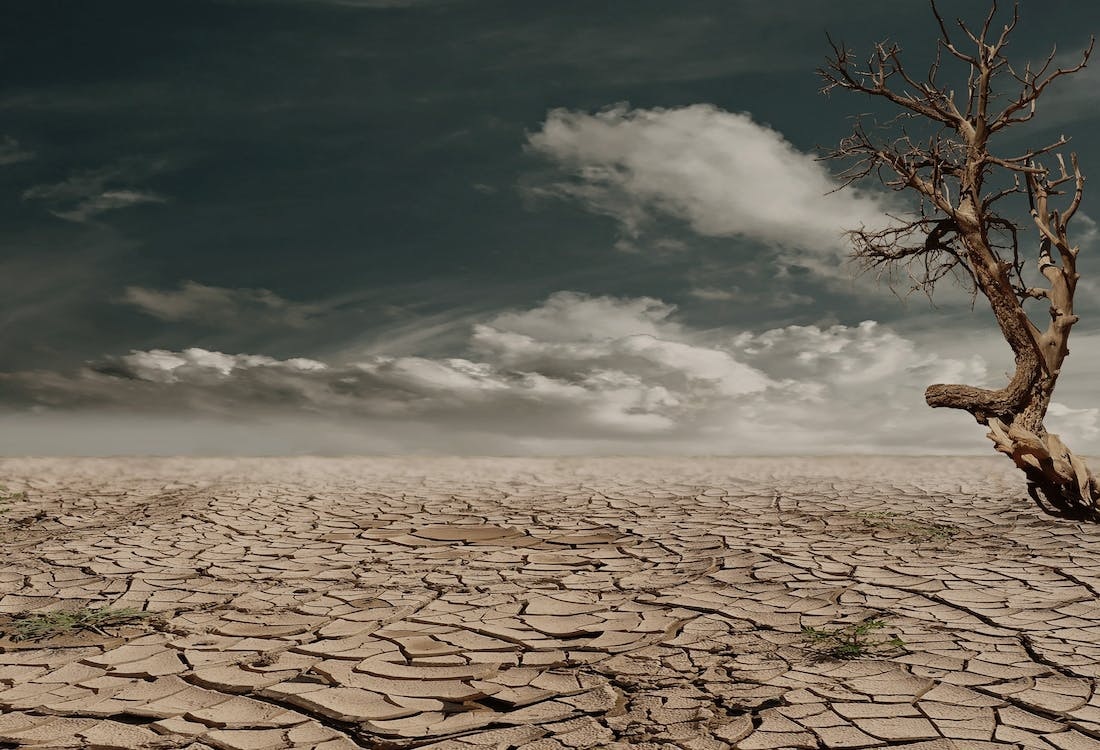Climate Change: Urgent Call for Global Action
Introduction:
Climate change, an unprecedented global challenge, has emerged as a defining issue of our time. Its far-reaching consequences extend beyond environmental concerns, impacting economies, societies, and ecosystems worldwide. This essay delves into the intricate facets of climate change, its causes, effects, and the imperative for collective action to mitigate its detrimental impacts.
Understanding Climate Change:
- Greenhouse Effect: Human activities, particularly the burning of fossil fuels, release greenhouse gases that trap heat in the Earth’s atmosphere.
- Global Warming: The increasing concentration of greenhouse gases leads to a rise in global temperatures.
Causes of Climate Change:
- Fossil Fuel Consumption: Burning coal, oil, and gas for energy releases vast amounts of carbon dioxide (CO2) into the atmosphere.
- Deforestation: Cutting down trees reduces the planet’s capacity to absorb CO2, contributing to higher atmospheric concentrations.
- Industrial Emissions: Industries release not only CO2 but also other potent greenhouse gases like methane.
Consequences of Climate Change:
- Rising Temperatures: Higher temperatures lead to heat waves, melting glaciers, and rising sea levels.
- Extreme Weather Events: Increased frequency and intensity of hurricanes, cyclones, droughts, and floods.
- Ecosystem Disruption: Habitats shift or disappear, threatening biodiversity and species survival.
- Agricultural Impacts: Changing weather patterns disrupt crop yields and food security.
- Health Risks: Climate change exacerbates diseases and health issues due to heat stress and altered disease vectors.
Global Efforts to Combat Climate Change:
- Paris Agreement: A landmark international accord aiming to limit global warming well below 2°C above pre-industrial levels.
- Renewable Energy: Transitioning to renewable sources like solar, wind, and hydroelectric power reduces greenhouse gas emissions.
- Afforestation: Planting trees and restoring ecosystems help sequester carbon and mitigate climate impacts.
- Carbon Pricing: Imposing taxes or cap-and-trade systems on carbon emissions encourages industries to reduce their carbon footprint.
- Climate Adaptation: Preparing communities and infrastructure for the changing climate and its impacts.
Individual Responsibility:
- Energy Efficiency: Using energy-efficient appliances, reducing waste, and conserving resources.
- Reduce, Reuse, Recycle: Practicing responsible consumption and waste management.
- Transport Choices: Opting for public transport, biking, or carpooling to reduce emissions.
Challenges and Roadblocks:
- Political Inertia: Climate action often faces political resistance due to economic interests.
- Global Cooperation: Climate change requires coordinated efforts across nations, which can be challenging.
Youth Activism and Awareness:
- Greta Thunberg: Youth activists like Greta Thunberg have rallied global attention to the urgency of climate action.
- Education and Advocacy: Raising awareness about climate change’s implications spurs public support for action.
Conclusion:
Climate change transcends national borders, socioeconomic status, and generations. It demands unprecedented global cooperation and commitment. By adopting sustainable practices, supporting renewable energy, advocating for policy changes, and pressuring governments and industries to act responsibly, we can collectively address this existential threat. The window to mitigate the worst effects of climate change is narrowing, but the potential for positive change remains within our grasp.

